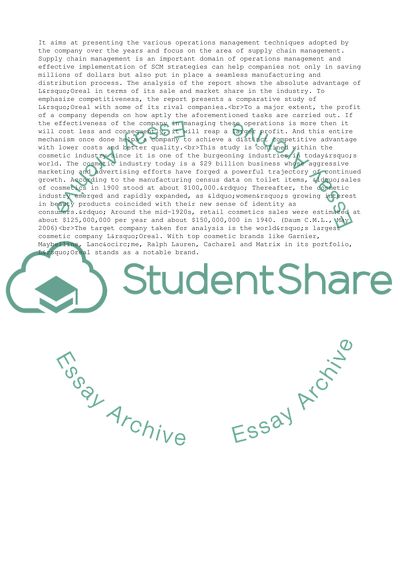Cite this document
(“The Use of Operations Management by FMCG Companies Research Paper - 7”, n.d.)
The Use of Operations Management by FMCG Companies Research Paper - 7. Retrieved from https://studentshare.org/management/1722369-operations-management
The Use of Operations Management by FMCG Companies Research Paper - 7. Retrieved from https://studentshare.org/management/1722369-operations-management
(The Use of Operations Management by FMCG Companies Research Paper - 7)
The Use of Operations Management by FMCG Companies Research Paper - 7. https://studentshare.org/management/1722369-operations-management.
The Use of Operations Management by FMCG Companies Research Paper - 7. https://studentshare.org/management/1722369-operations-management.
“The Use of Operations Management by FMCG Companies Research Paper - 7”, n.d. https://studentshare.org/management/1722369-operations-management.


